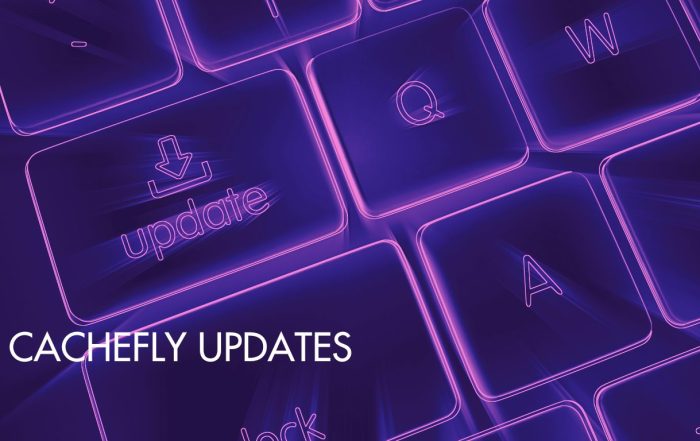
Bank branches disappear as online money tree grows
Post Author:
CacheFly Team
Categories:
Date Posted:
April 18, 2014
A quarter of Ulster Bank’s transactions are conducted on a mobile device today, compared with less than one percent just two years ago, and only 16 percent of transactions are conducted in brick-and-mortar locations, reports the Belfast Telegraph. As a result, bank branches are closing as customers demand immediate transactions rather than long lines for teller service. While the shift to virtual growth offers high returns with lower capital investment, banks now face the challenge of increased consumer expectations.
Branching out
Though online banking is on the rise, not all account holders are pleased. Pew Research reports that 51 percent of U.S. adults bank online and 32 percent do so on their mobile phones, and according to the Wall Street Journal, U.S. financial institutions shut the doors of over 2,000 bank branches in 2012. TCF National Bank of Wayzata, Minn., plans to close 37 supermarket branches this year, while the 1,024 residents of Athens, Mich., are without a bank for the first time in over 75 years after their local Southern Michigan Bank and Trust closed in 2011. Online banking critics argue that although closing small-town branches is cost-effective given current in-person customer volumes, it can also negatively impact account holders who don’t have a mobile device or reliable broadband access.
While banks must convince disenfranchised retail customers that online banking offers a viable alternative to bank branches, tellers, and ATMs, they must also address security problems. The move to convenient virtual transactions, including the ability to scan and deposit checks or log into accounts from anywhere, presents unique challenges. Scanned checks, for example, might be deposited online into one account and then deposited physically to another, allowing criminals to “double dip.”
According to a recent American Banker article, online banking scams are difficult for customers to detect — as a result, banks need to develop a “code of conduct” that clearly spells out how they will get in contact with account holders and what kind of security measures will be put into place to protect users against fraudulent transactions. One option is to upgrade banking websites so they include support for technologies such as HTTPS Strict Transport Security, which allows bank servers to tell Internet browsers that any connection between the two should be encrypted. If it’s not, an attack is likely taking place.
Social banking
Along with boosting customer confidence, banks also need to look for ways to make access easier. According to Live Mint, social media-enabled banking is on the rise in India, where at least two private banks now allow users access to banking functions via social media.
In September 2013, ICICI Bank gave consumers the ability to transfer money using a Facebook-based application, and in March 2014, Kotak Mahindra Bank made it possible for customers to open new accounts and access basic bank transactions using their Facebook log-in credentials. The bank estimates that in the next three to five years, 30 percent to 40 percent of all new accounts will be opened using social media. In the first year of service, it expects to double the number of online-created accounts.
Nitin Chugh of HDFC Bank notes that in addition to improved account holder access, financial institutions also benefit from lower costs. He estimates that the total cost of online alternatives are 25 percent to 30 percent lower than transaction costs, since there is no paperwork and no additional costs such as couriers or excess man-hours.
Backing the banks
Of course, the move away from physical bank branches to online transactions bolstered by intelligent security measures and accessed via social media falls flat if banks can’t keep up with consumer demand. For example, Facebook claims to have over a billion users worldwide, while Twitter has more than 240 million active accounts. Coupled with the hundreds of millions of adults in the United States who bank using “traditional” Web portals or mobile applications, it is critical for banks to deliver content on demand and in real time. Just like security, speed is essential for the growth of online banking.
Banks face two challenges. First, they need a way to securely authenticate user log-ins without sacrificing speed, no matter whether an account holder is logging in from down the street or across the globe. In addition, banks must be able to call up account information and transaction services on demand — if made to wait more than a few minutes, consumers may lose faith in a bank’s ability to provide secure services and will take their business elsewhere.
To effectively cope with the rise of online and social media banking, financial institutions are well-served by partnering with reliable, global content delivery networks (CDNs), which take the burden off local servers and ensure speedy response times from anywhere in the world.
As branches close across the country and banks respond to user demand for better online services, they require a combination of robust security, easy access, and smooth content delivery.
Photo credit: Wikimedia Commons
Product Updates
Explore our latest updates and enhancements for an unmatched CDN experience.
Book a Demo
Discover the CacheFly difference in a brief discussion, getting answers quickly, while also reviewing customization needs and special service requests.
Free Developer Account
Unlock CacheFly’s unparalleled performance, security, and scalability by signing up for a free all-access developer account today.
CacheFly in the News
Learn About
Work at CacheFly
We’re positioned to scale and want to work with people who are excited about making the internet run faster and reach farther. Ready for your next big adventure?



